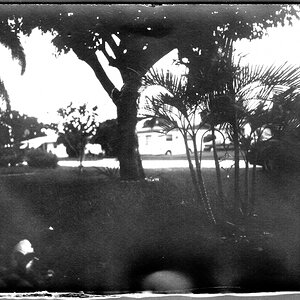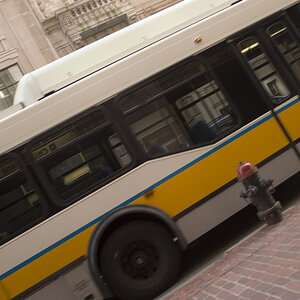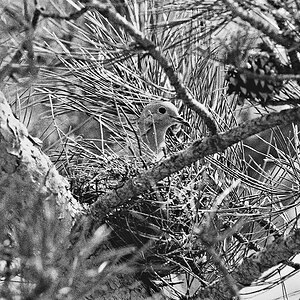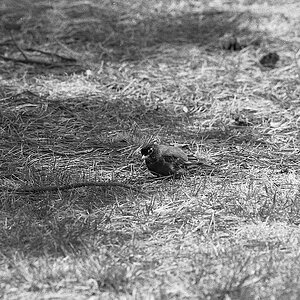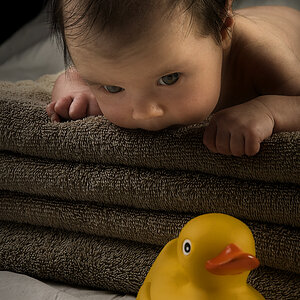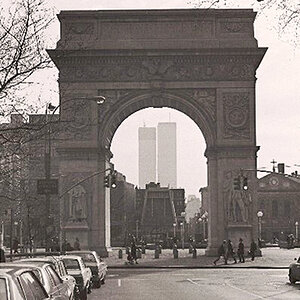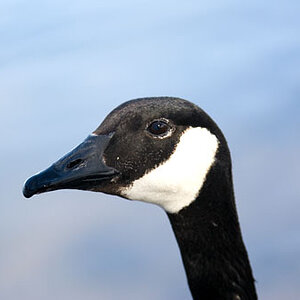ufjamolei
TPF Noob!
- Joined
- Jun 13, 2009
- Messages
- 14
- Reaction score
- 0
- Location
- Florida
- Can others edit my Photos
- Photos NOT OK to edit
I am purchasing my first DSLR and am hung up on a few details when deciding between the Nikon D90 and Canon 40D. I plan to shoot a considerable amount of college baseball, so I am wondering how truly important fps is? The D90 shoots 4.5 fps and the 40D shoots 6.5 fps, should this be a huge deciding factor for me? Please keep in mind that I am a total noob so I may be overlooking another key spec important for shooting baseball. Thanks for your help!


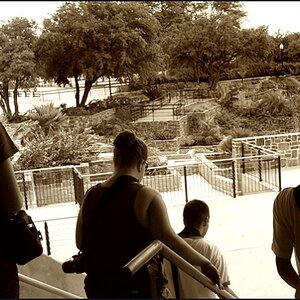
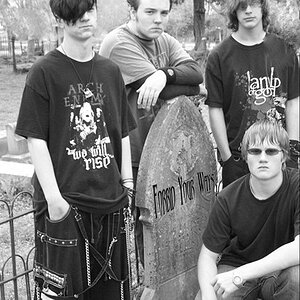
![[No title]](/data/xfmg/thumbnail/41/41764-1385c153e9fea917b7efea0bbde7eefe.jpg?1619739885)
